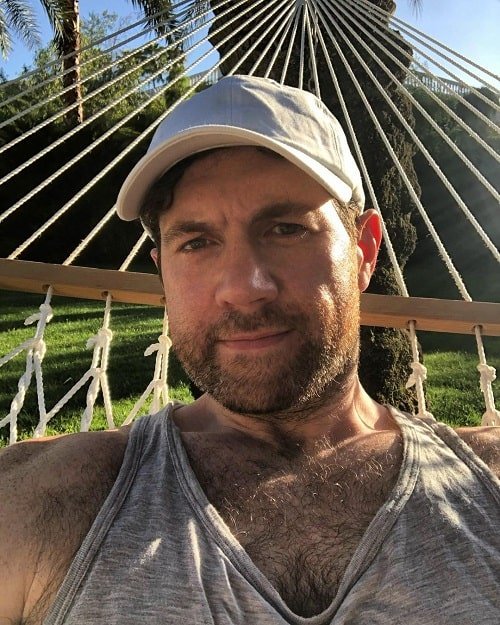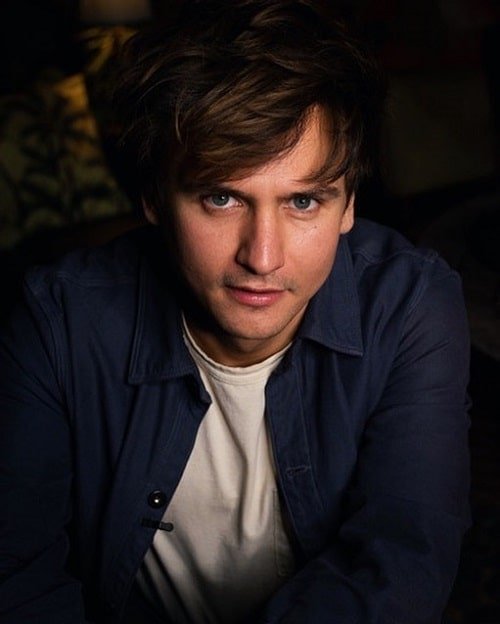Future Biography and Life Story
In this article, here is the full details of Future about wiki, biography, date of birth, birthplace, zodiac sign, nationality, hometown, age, height, weight, father, mother, family, girlfriend, wife, relationship status, children, profession, education, career, net worth, facts, Wikipedia, and many more.

Future, born Nayvadius DeMun Wilburn on November 20, 1983, in Atlanta, Georgia, is one of the most influential and prolific rappers and songwriters in the modern hip-hop scene. Known for his distinctive use of auto-tune, trap beats, and emotionally raw lyrics, Future has reshaped the sound of hip-hop with his innovative style. He has built a legacy as both a trendsetter and a pioneer of the trap genre, influencing an entire generation of artists. With a career spanning over a decade, Future has consistently delivered chart-topping hits and critically acclaimed albums, making him one of the most important voices in contemporary music.
Early Life and Influences
Future grew up in the Kirkwood neighborhood of Atlanta, an area known for its strong cultural influence on the city’s music scene. He was introduced to music at a young age through his cousin, Rico Wade, a member of the influential production collective The Dungeon Family, which played a key role in shaping the careers of Southern rap icons like OutKast and Goodie Mob.
Rico Wade encouraged Future to focus on his songwriting and rapping abilities, helping him hone his craft as a lyricist. Initially going by the name Meathead, Future’s early influences came from the Southern rap scene, particularly artists like T.I., Lil Wayne, and UGK, as well as the melodic sounds of R&B. His exposure to the unique blend of hip-hop and Southern funk from The Dungeon Family played a significant role in shaping his musical identity.
Rise to Fame
Future began releasing mixtapes in the late 2000s, gaining underground recognition for his unique sound, which combined hard-hitting trap beats with melodic auto-tuned vocals. His 2010 mixtape, 1000, and 2011’s Dirty Sprite started to create a buzz, but it was the success of his 2011 mixtape Streetz Calling that helped him gain mainstream attention. The mixtape demonstrated Future’s ability to blend street narratives with catchy hooks, showcasing his versatility.
In 2011, Future signed with Epic Records and A1 Recordings, marking the beginning of his ascent to stardom. His breakout single, “Tony Montana,” gained massive attention, and his feature on YC’s hit song Racks also helped solidify his growing reputation.
Breakthrough with Pluto (2012)
In 2012, Future released his debut studio album, Pluto. The album was a major commercial success, peaking at number 8 on the Billboard 200 and producing hits like “Turn On the Lights,” “Same Damn Time,” and “Magic.” Pluto was notable for its futuristic production and heavy use of auto-tune, which helped distinguish Future from other rappers at the time.
Future’s melodic delivery and penchant for catchy hooks made him a standout in the crowded trap music scene. His ability to blend rap with elements of R&B and electronic music gave Pluto a genre-defying sound that resonated with a wide audience. The album’s success established him as a rising star in the rap world.
Consistent Success and Mixtape Dominance
Between 2013 and 2015, Future solidified his place in the hip-hop world with a relentless work ethic, releasing a series of highly successful mixtapes. His 2014 mixtapes Monster, Beast Mode, and 56 Nights became fan favorites and critical successes, with many praising Future’s dark, introspective lyrics and his ability to deliver emotional depth while maintaining a gritty trap sound.
In 2015, Future’s third studio album, DS2 (Dirty Sprite 2), was released to critical acclaim and commercial success. The album, a follow-up to his earlier Dirty Sprite mixtape, topped the Billboard 200 and featured hits like “Where Ya At” (featuring Drake) and “F*ck Up Some Commas.” The album’s dark, nihilistic themes of excess, addiction, and heartbreak resonated with fans, and it is widely regarded as one of the defining projects of Future’s career.
During this period, Future also collaborated extensively with other artists, most notably on the 2015 mixtape What a Time to Be Alive with Drake. The project debuted at number one on the Billboard 200 and further cemented Future’s dominance in the rap game.
Expanding Sound and Critical Acclaim
In 2016, Future continued his streak of success with the release of EVOL, which became his third consecutive album to debut at number one on the Billboard 200. The album included the popular single “Low Life” featuring The Weeknd, further showcasing Future’s ability to blend trap with more mainstream, radio-friendly sounds.
Future’s work in 2017 took his career to new heights. He became the first artist to release two number-one albums in consecutive weeks on the Billboard 200. His self-titled album, Future, dropped in February 2017 and returned to the gritty, street-oriented sound that defined his earlier mixtapes. Just one week later, he released HNDRXX, an album that showed his more introspective, vulnerable side, with tracks like “Selfish” featuring Rihanna. Both albums were praised for their innovation and range, solidifying Future as one of the most versatile artists in hip-hop.
Continued Success and Legacy
Future’s influence on modern rap cannot be overstated. He has helped popularize and refine the trap music genre, paving the way for a new generation of artists who blend rap with melodic elements and heavy auto-tune. His ability to experiment with different sounds while remaining true to his trap roots has kept him relevant throughout the 2010s and into the 2020s.
In 2018, Future contributed heavily to the soundtrack for the blockbuster film Superfly, showcasing his skills as a producer and curator. That same year, he released Beast Mode 2, a follow-up to his 2015 mixtape, which was well-received by both fans and critics. In 2019, he released The WIZRD, which debuted at number one on the Billboard 200, marking his sixth number-one album.
In 2020, Future released High Off Life, which featured the smash hit “Life Is Good” featuring Drake. The album became his seventh number-one project and demonstrated that Future had no intention of slowing down.
Personal Life
Future’s personal life has often been the subject of media scrutiny, particularly his relationships and family. He has multiple children with several women, including singer Ciara, with whom he shares a son. His tumultuous relationship with Ciara was highly publicized, particularly after their engagement ended in 2014. Many of Future’s songs touch on themes of love, heartbreak, and his struggles with relationships.
Future has also been open about his battles with substance abuse, particularly his reliance on codeine and promethazine, which are commonly associated with the “lean” drink that has become a staple in the trap music subculture. His lyrics often reflect these struggles, adding an emotional layer to his music that resonates with fans who relate to themes of excess and self-destruction.
Legacy and Influence
Future is widely regarded as one of the most influential artists of the 21st century, with his distinct style shaping the sound of hip-hop. His use of auto-tune, combined with emotionally raw lyrics and trap beats, has made him a pioneer in modern rap, influencing artists such as Lil Uzi Vert, Travis Scott, and Young Thug.
With over a decade of success, Future’s impact on hip-hop culture is undeniable. He continues to be a dominant force in the music industry, consistently evolving his sound while staying true to his roots.
Stay connected with the wikimavani to know more about other trending personalities the wiki, biography, date of birth, birthplace, zodiac sign, nationality, hometown, age, height, weight, father, mother, family, boyfriend, husband, girlfriend, wife, relationship status, children, profession, education, career, net worth, facts, Wikipedia, and many more.





